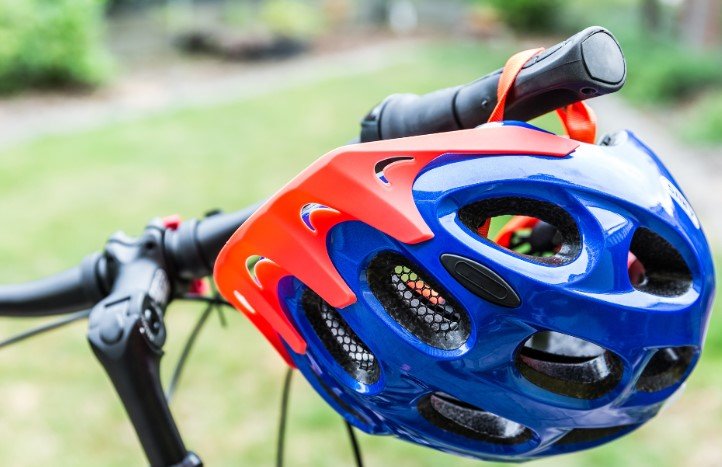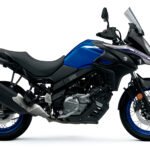Essential Safety Gear for Cyclists
Cycling is an enjoyable and healthy activity, but it also comes with risks. To ensure your safety while cycling, it’s important to wear the right gear. Proper safety equipment can protect you from injuries in case of an accident and enhance your riding experience. Here’s a guide to the essential safety gear every cyclist should wear.

1. Helmet: The Most Important Safety Gear
A helmet is the most crucial piece of safety gear for any cyclist. It protects your head in the event of a fall or collision. Helmets are designed to absorb impact and reduce the risk of head injuries, which can be life-threatening.
When choosing a helmet, make sure it fits properly. It should sit snugly on your head without wobbling and cover your forehead. Look for a helmet that meets safety standards such as CPSC (Consumer Product Safety Commission) or CE (Conformité Européene) certification. Consider wearing a helmet every time you ride, regardless of the distance or terrain.
2. Gloves: Protect Your Hands
Cycling gloves are essential for protecting your hands, especially during long rides. They provide grip, comfort, and shock absorption, helping reduce hand fatigue. Gloves also protect your palms in case of a fall, preventing abrasions or cuts.
There are two main types of cycling gloves:
- Full-fingered gloves: These provide extra protection for your fingers and are ideal for off-road biking or colder weather.
- Fingerless gloves: These are better for warmer weather, offering more breathability and flexibility while still protecting the palms.
Look for gloves that fit snugly and have padding on the palms for added comfort. Breathable materials will help keep your hands cool on longer rides.
3. Bright and Reflective Clothing
Visibility is a key factor in cycling safety. Wearing bright, reflective clothing ensures that drivers can see you clearly, especially in low-light conditions or at night. High-visibility jerseys, vests, and jackets make you stand out, reducing the risk of accidents.
Reflective strips or patches are also essential for added visibility. Many cycling clothes have these features, but you can also attach reflective gear to your backpack or bike. Consider wearing neon colors such as yellow, orange, or bright green, which are easier to spot from a distance.
4. Knee and Elbow Pads
While helmets and gloves provide basic protection, knee and elbow pads are great for added security, especially for cyclists who enjoy mountain biking or off-road cycling. These pads protect your joints from impact in case of falls.
Knee and elbow pads are lightweight and easy to wear. Look for options that fit comfortably without restricting movement. Some cyclists prefer pads with extra cushioning for added protection on rough terrain. Whether you’re riding on trails or urban streets, they can prevent serious joint injuries.
5. Cycling Shoes and Pedal Clips
Cycling shoes and pedal clips are designed to provide better control and comfort while cycling. Specialized cycling shoes help you transfer more power to the pedals, making your ride more efficient. They also provide support to your feet and ankles, reducing the risk of injury during long rides.
Pedal clips allow you to securely attach your feet to the pedals, improving stability and preventing slipping. However, be sure to practice unclipping before riding, as you’ll need to release your feet quickly in case of an emergency.
6. Lights and Reflectors
Lights and reflectors are essential for cycling at night or in low-light conditions. A front light helps you see the road ahead, while a rear light makes you visible to other cyclists and drivers.
Many cities require cyclists to have lights when riding after dark, so it’s important to invest in a good set of bike lights. Reflectors on your bike’s wheels, frame, or handlebars also enhance your visibility. Make sure your bike is equipped with both lights and reflectors to stay safe when riding at night.
Conclusion
Wearing the right safety gear is essential for protecting yourself while cycling. Helmets, gloves, reflective clothing, knee and elbow pads, cycling shoes, and lights are all key components of a cyclist’s safety kit. These items reduce the risk of injuries and ensure that you have a more comfortable and enjoyable ride. Always make sure your gear fits properly and is suited to your riding style and conditions. By investing in quality safety equipment, you can ride with confidence, knowing you’re well-protected.



